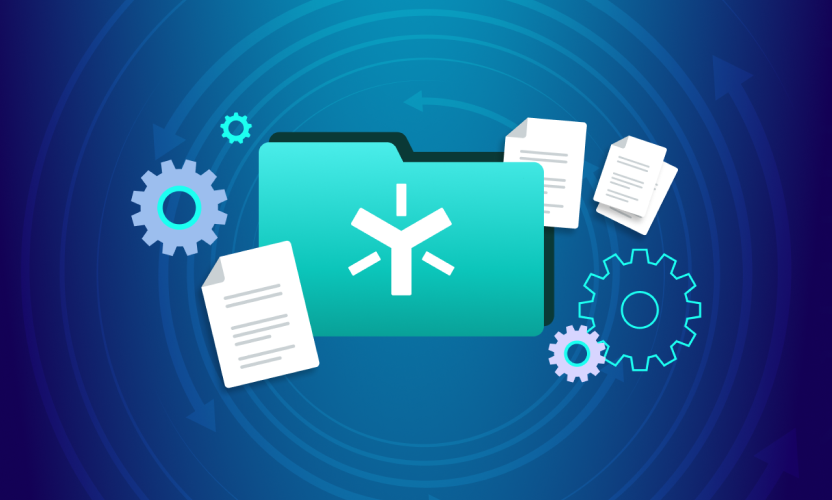What’s Your Cloud Type?
In the 1940’s a psychologist Dr. William Sheldon came up with a classification of body types – endomorphs, who have a high percentage of bodyfat; mesomorphs, who are muscular and ectomorphs, lacking either much fat

or muscle tissue.hile this was intended as a general framework Dr. Sheldon also stated most people were a mixture of these types.This description of three body types has become an integral part of most literature on weight loss, fitness and bodybuilding. The reasoning is simple; for a person to be healthy requires an understanding of their body type. The diet and exercise pattern for an endomorph to achieve certain goals differs from that of an ectomorph trying to achieve those same goals.Which brings me to the Cloud!In the course of thousands of customer interactions over the last few years it’s become evident to me that not every customer views the cloud the same way. Their cloud type, if I may create this word, is different. Stay with me, let me explain…For the sake of this discussion I’ll consider companies that have been in business for a while and therefore have some semblance of infrastructure on-premise already – servers, storage, VPN, backup etc. in their own data centers and offices.On one end of the spectrum is the customer who sees the cloud as a big part of their future. Their ideal infrastructure will all be in the cloud and this lets them convert all current Capex to Opex and reduce headaches with managing their data centers. This customer usually understands that this is a journey that needs to be mapped out if they are to realize that end-state. However, this customer is all-in, ecstatic and euphoric about the cloud. I’ll call them cloud-o-phoric.At the other end of the spectrum is the customer who looks at the cloud with fear and doubt. The fact that data is hosted in a 3rd party data center, subject to potential subpoenas by the govt, subject to outages they cannot control scares them. These customers like the benefits of the cloud but the risks scare them. They are downright phobic about the cloud. I’ll call them cloud-o-phobic.Like Dr. Sheldon’s body types, cloud-o-phobic and cloud-o-phoric represent a framework. Can I identify customers and industry verticals that fall at the extreme ends? Absolutely. However the vast majority of customers and verticals are a mixture and lie somewhere between cloud-o-phobic and cloud-o-phoric. There are parts of their business that are ok moving to the cloud and parts that are not. Therefore their future will likely involve a combination of cloud and on-premise investments. In a subsequent post I’ll dive more into the specific factors that affect customer preferences and influence where they lie along this spectrum.Dr. Sheldon’s body types are a powerful tool to help understand where you are today and where you need to go in terms of health & fitness. The goal is to be healthy and health can be measured by a set of vitals such as your blood pressure, glycemic levels, BMI and so on. Cloud types are no different, it provides companies a framework to understand where they want to go. Cloud and on-premises investments are means to achieve that end. The end is measured by a variety of vitals – such as Capex, Opex, employee productivity levels, the time it takes to restore data in the event of a disaster etc.Unfortunately the tech industry is so good at marketing that we sometimes blind customers. The means become the end. There is so much hype about the cloud that it’s clouded (pun intended) an intelligent dialog about what the organization wants to achieve, what the transformation will take and what roles cloud or on-premise play in that transformation. Instead the cloud has become an end, a destination to reach.In 2014 it will be providers’ job to place this end-game front and center with their customers. On the flip side, with a market that is inundated with a variety of the most sophisticated technologies, it is important for customers to be educated and understand what solution will suit them best. From there they will be able to find a solution that fits their needs, whether it be a pure cloud approach or a hybrid cloud approach. As maturity in the cloud evolves, a shift will eventually take place that brings people from cloud-o-phobic to cloud-o-phoric. What cloud type are you?*The original post and image appeared in CloudAve.






